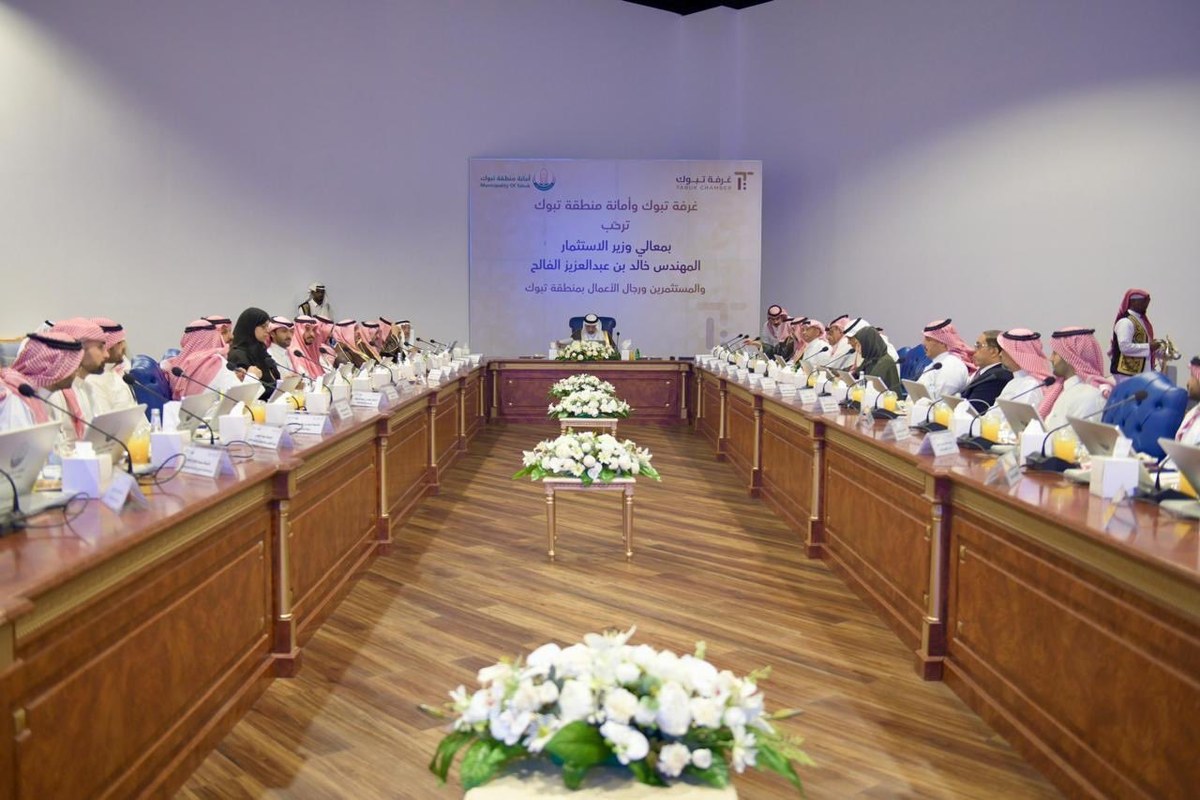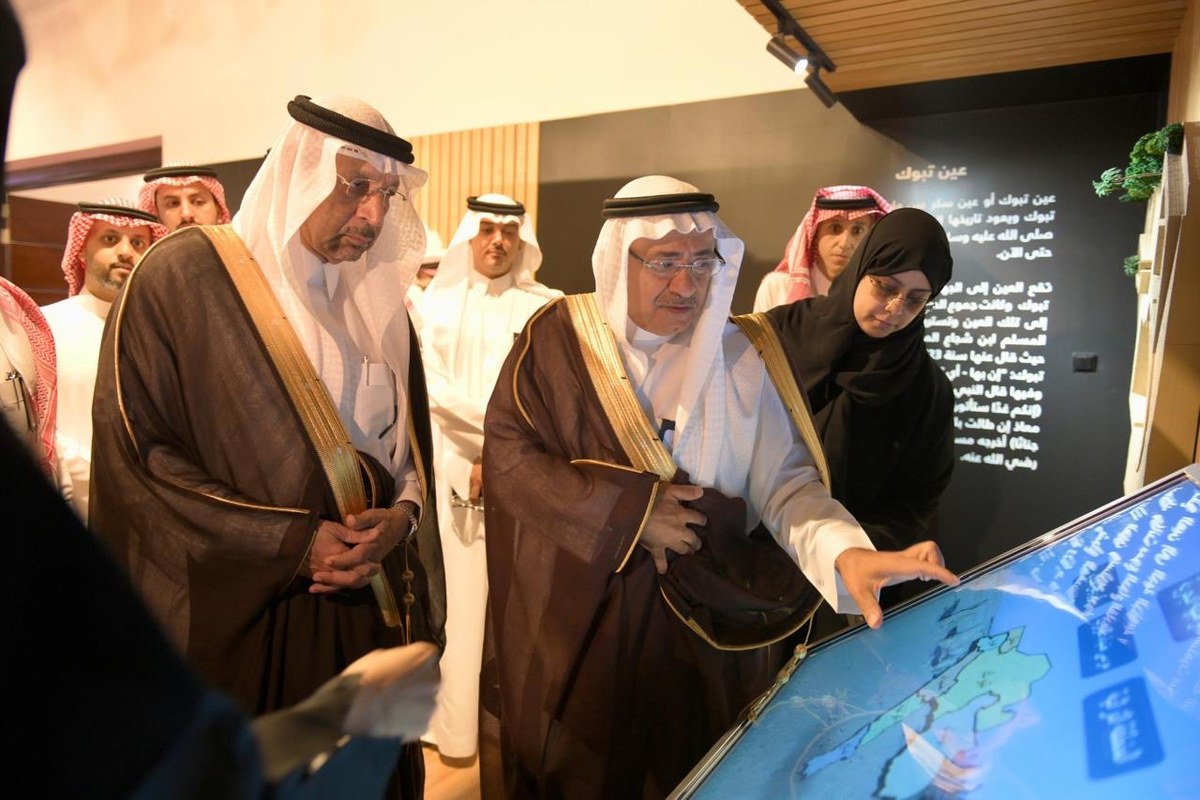RIYADH: The investment opportunities in Saudi Arabia’s Tabuk region are currently estimated at SR50 billion ($13.3 billion), according to the Kingdom’s Minister of Investment, Khalid Al-Falih.
At a meeting organized by the Tabuk Chamber and the Tabuk Municipality, Al-Falih detailed that these opportunities are showcased on the Invest in Saudi Arabia platform. The ministry is collaborating with the chamber to explore new investment prospects in sectors such as renewable energy, agriculture, tourism, and entrepreneurship, as reported by the Saudi Press Agency. Other promising fields include petrochemicals, education, and biotechnology.
Tabuk is undergoing significant transformation and is home to some of the Kingdom’s most innovative projects and substantial investments. The region aims to become a key tourism destination along the Red Sea.

Saudi Investment Minister Khalid Al-Falih met with a number of officials and businessmen in the region. X/@MISA
Al-Falih, in a post on X, shared: “During my visit to Tabuk today, I had the honor of meeting with His Royal Highness the Emir of the region and His Highness his deputy. I learned about their aspirations for developing the region and investing in its unique competitive advantages. We also discussed the investment potential in Tabuk and strategies to attract both national and foreign investments.”
He continued: “I attended a meeting with the mayor of Tabuk, the chairman of the Tabuk Chamber, officials, and investors. We discussed marketing investment opportunities, addressing challenges, and visited several projects to review their progress and explore expansion opportunities, particularly in relation to mega projects in the region.”
Officials emphasized that stimulating and supporting the private sector in Tabuk is a priority to enhance regional investment. They also highlighted the role of Tabuk Airport in boosting economic activity and stressed the need for its expansion to support national growth and mega projects.

Saudi Investment Minister Khalid Al-Falih held talks with Tabuk Gov. Prince Fahd bin Sultan. X/@MISA
The Tabuk Chamber of Commerce pointed out several challenges faced by regional investors, including high production and transportation costs, lack of railway infrastructure, limited flight options, and insufficient investment data.
To address these issues, Imad Al-Fakhri, chairman of the Tabuk Chamber of Commerce, proposed several initiatives, including hosting an international investment forum. Other suggestions included partnering with the Ministry of Investment to market opportunities, attracting investors to tourism projects, establishing industrial complexes and storage facilities, creating a logistics area at the entrance to NEOM linked to the Oxagon port, increasing flight options, and improving economic data availability.
Mayor Hussam Al-Youssef added that the Ministry of Investment is committed to creating a cohesive investment framework for Tabuk, focusing on tourism, entertainment, complementary industries, renewable energy, and logistical support.
Tabuk is also enhancing its urban landscape through various revitalization projects. These efforts include planting approximately 2.1 million seasonal flowers and 14,500 shade-providing trees, which now adorn the city’s parks and main roads.



























